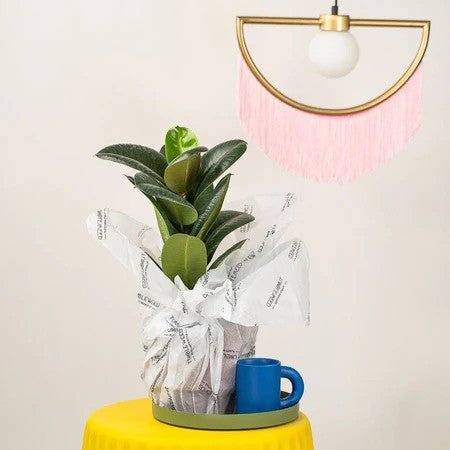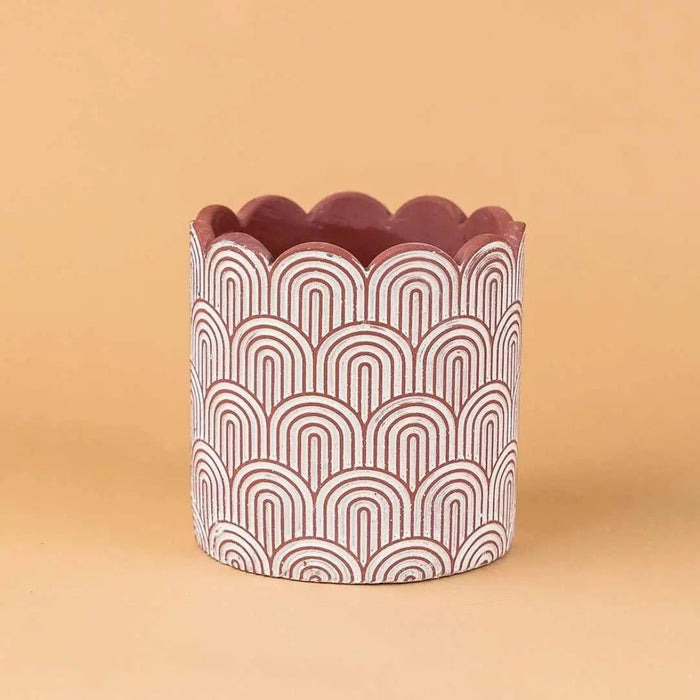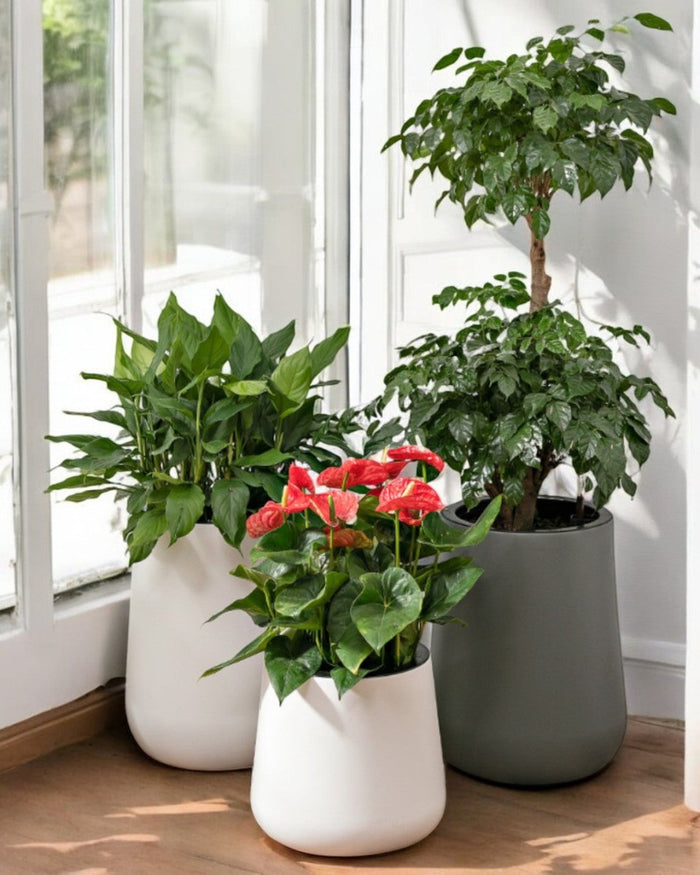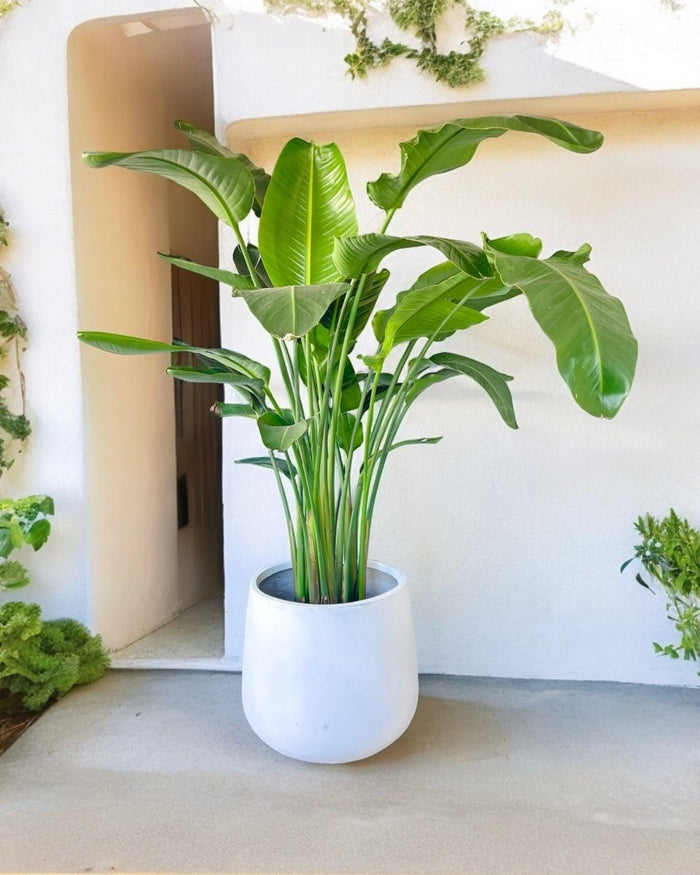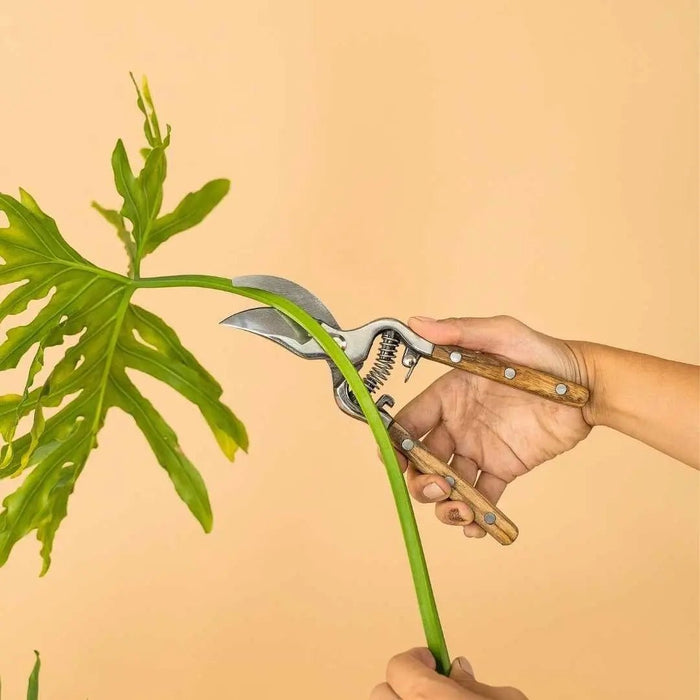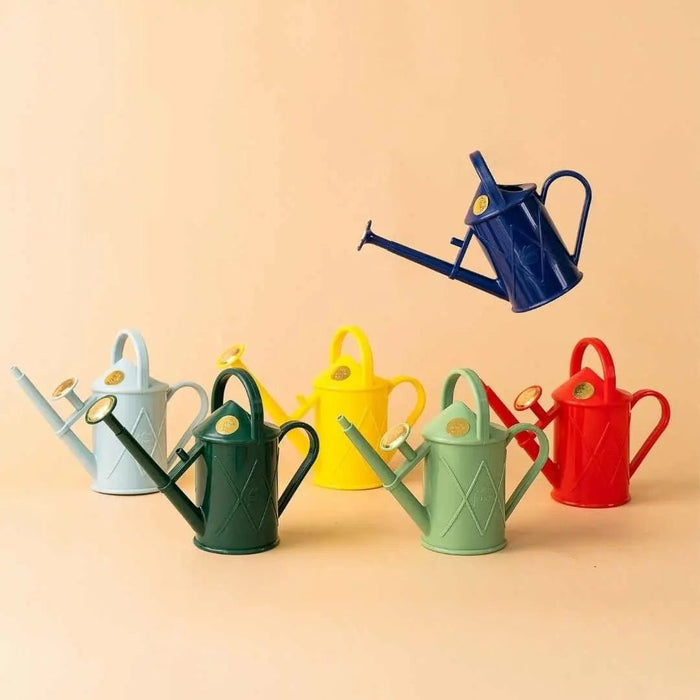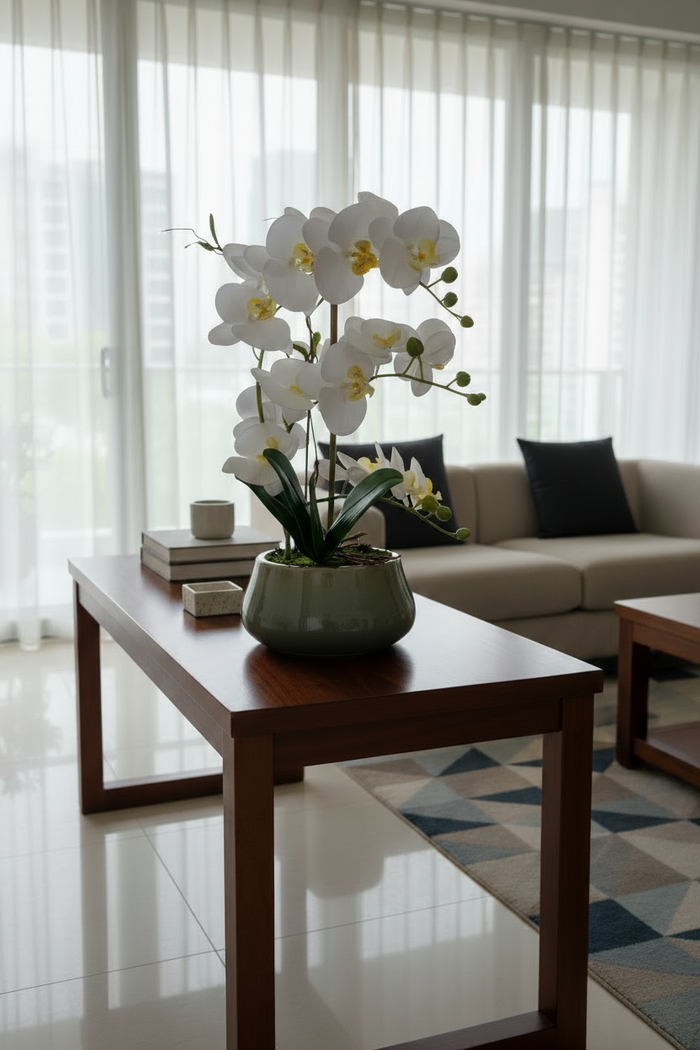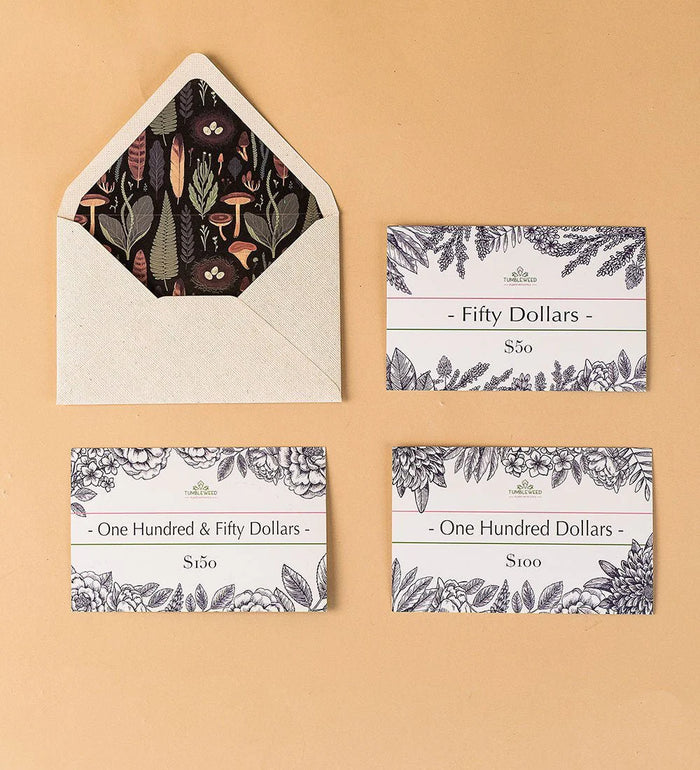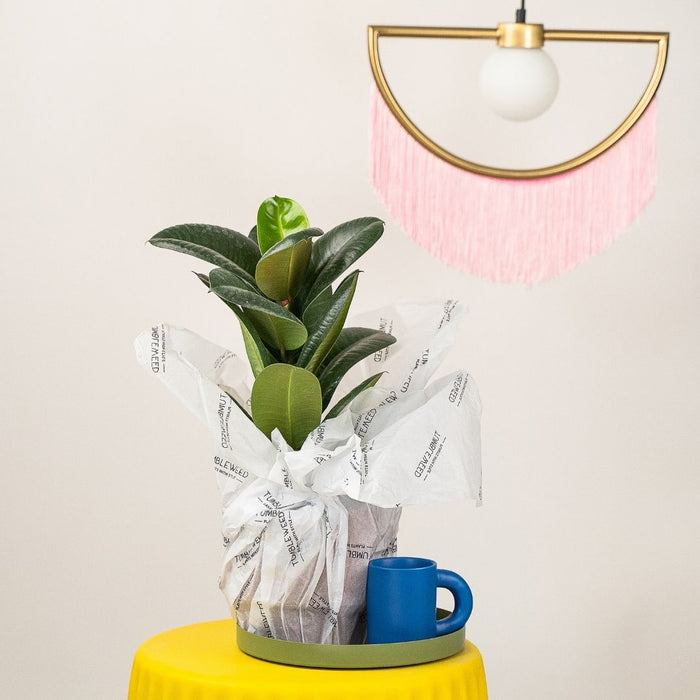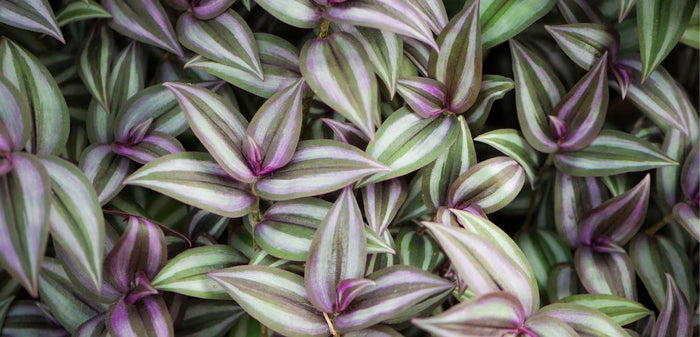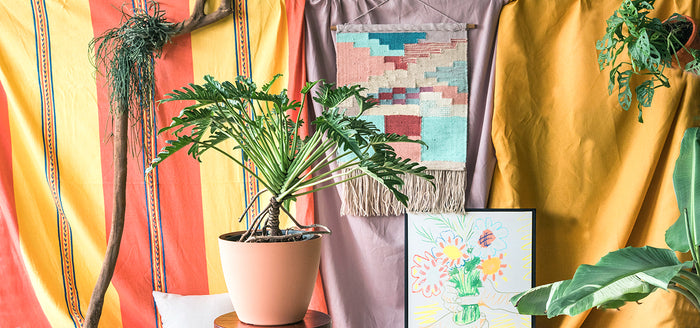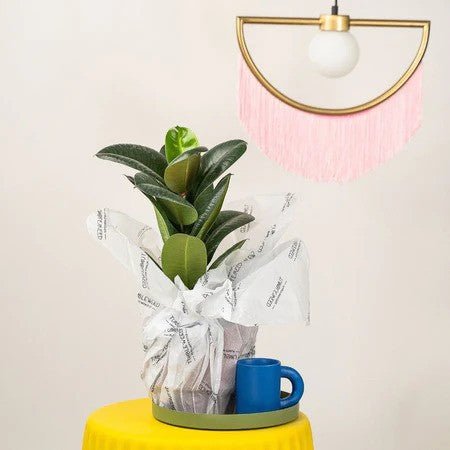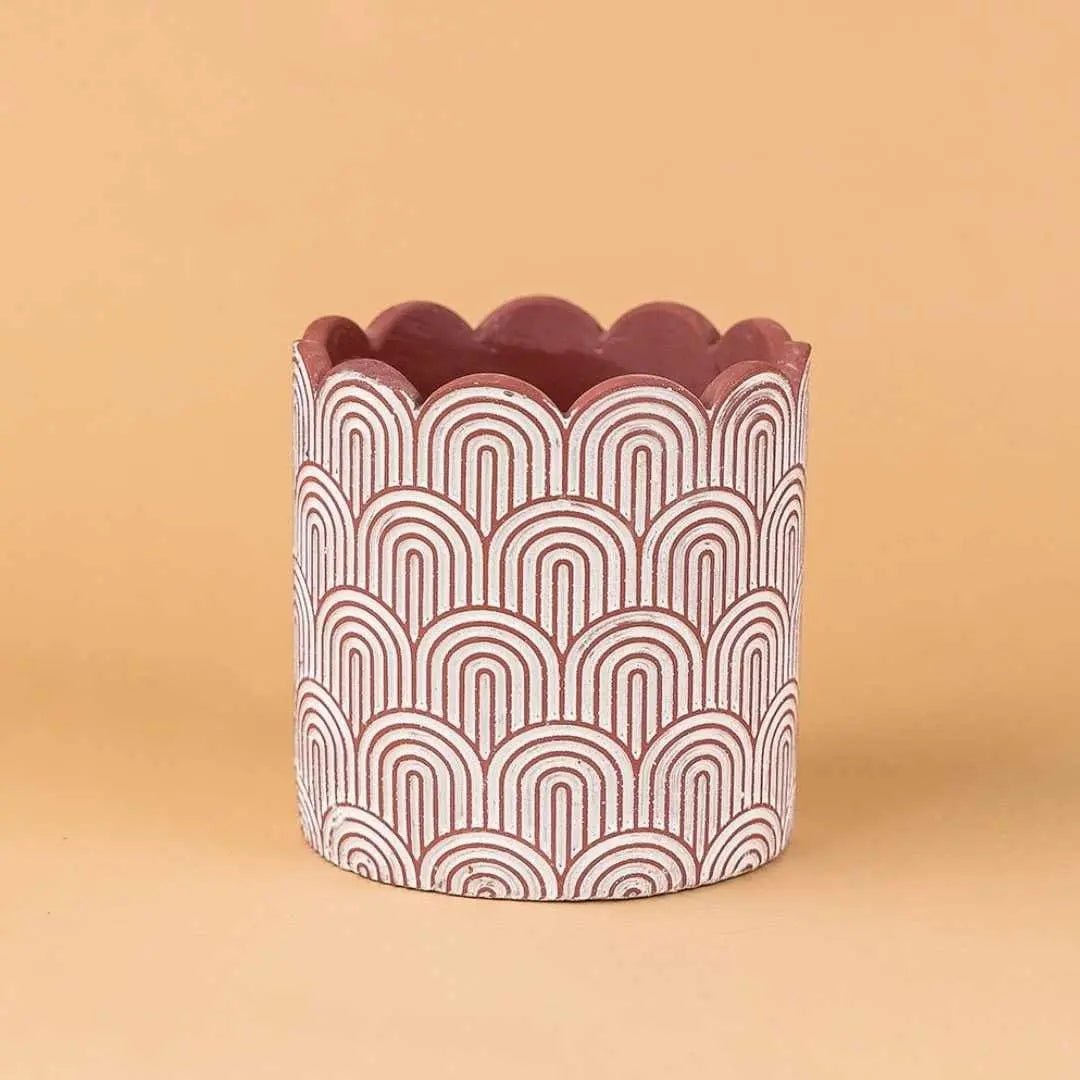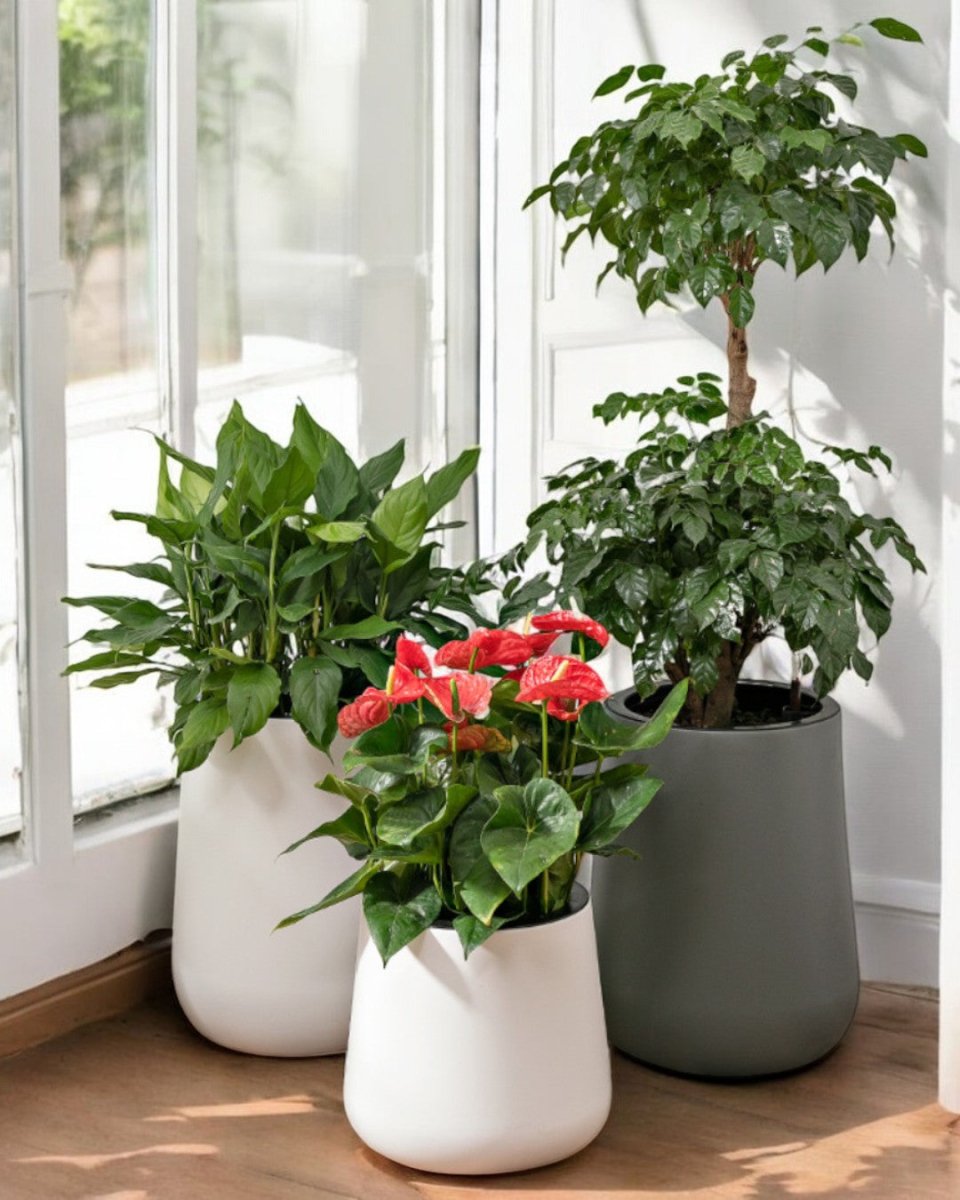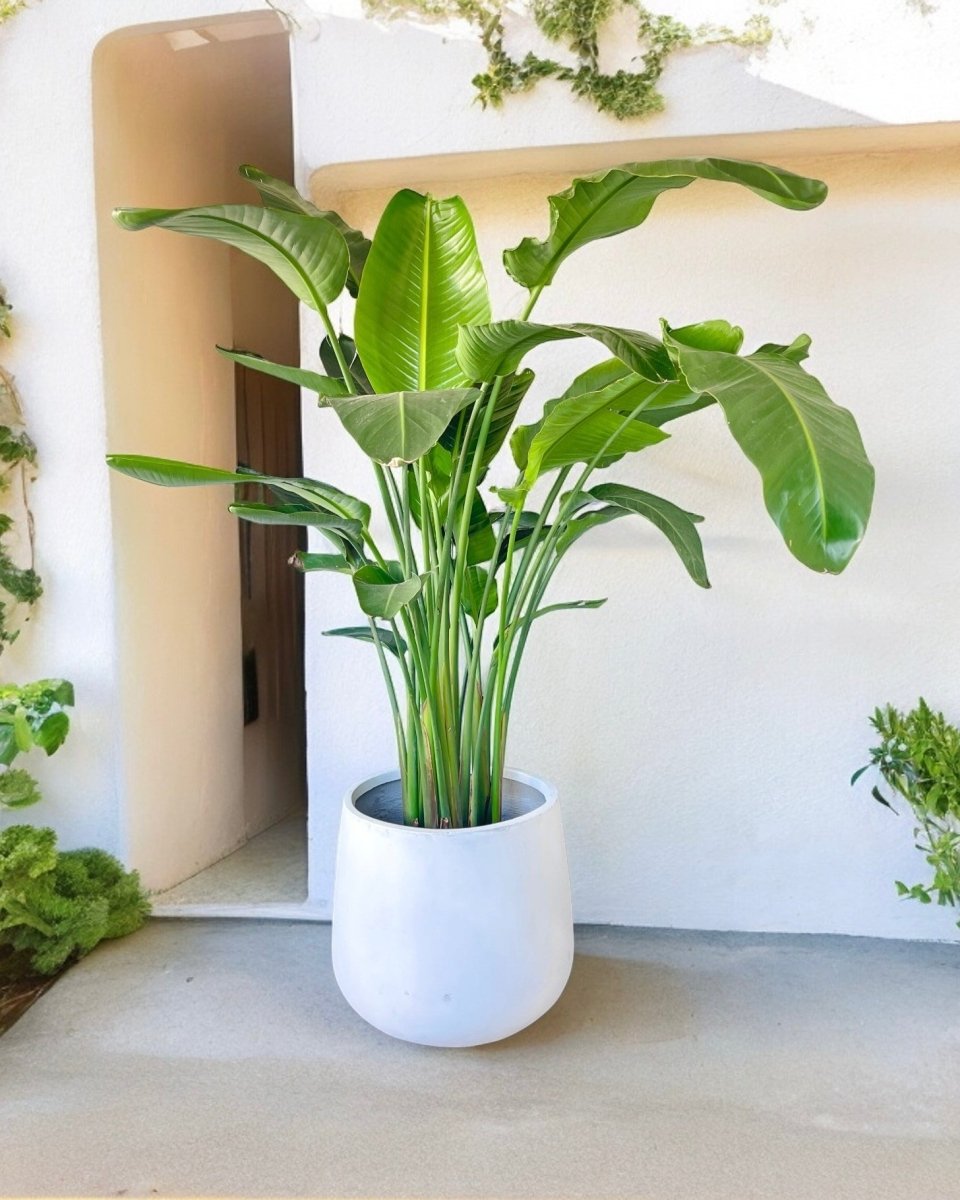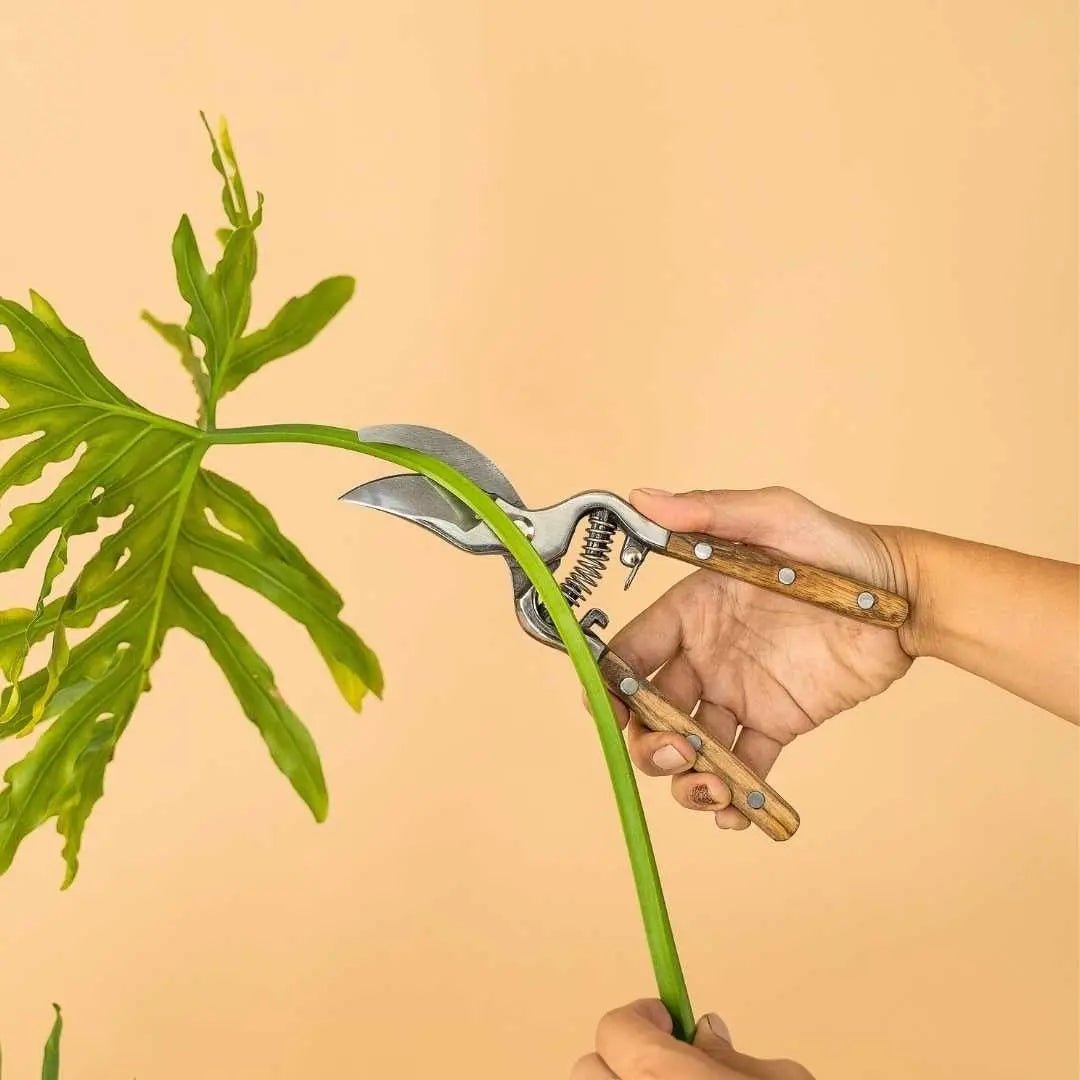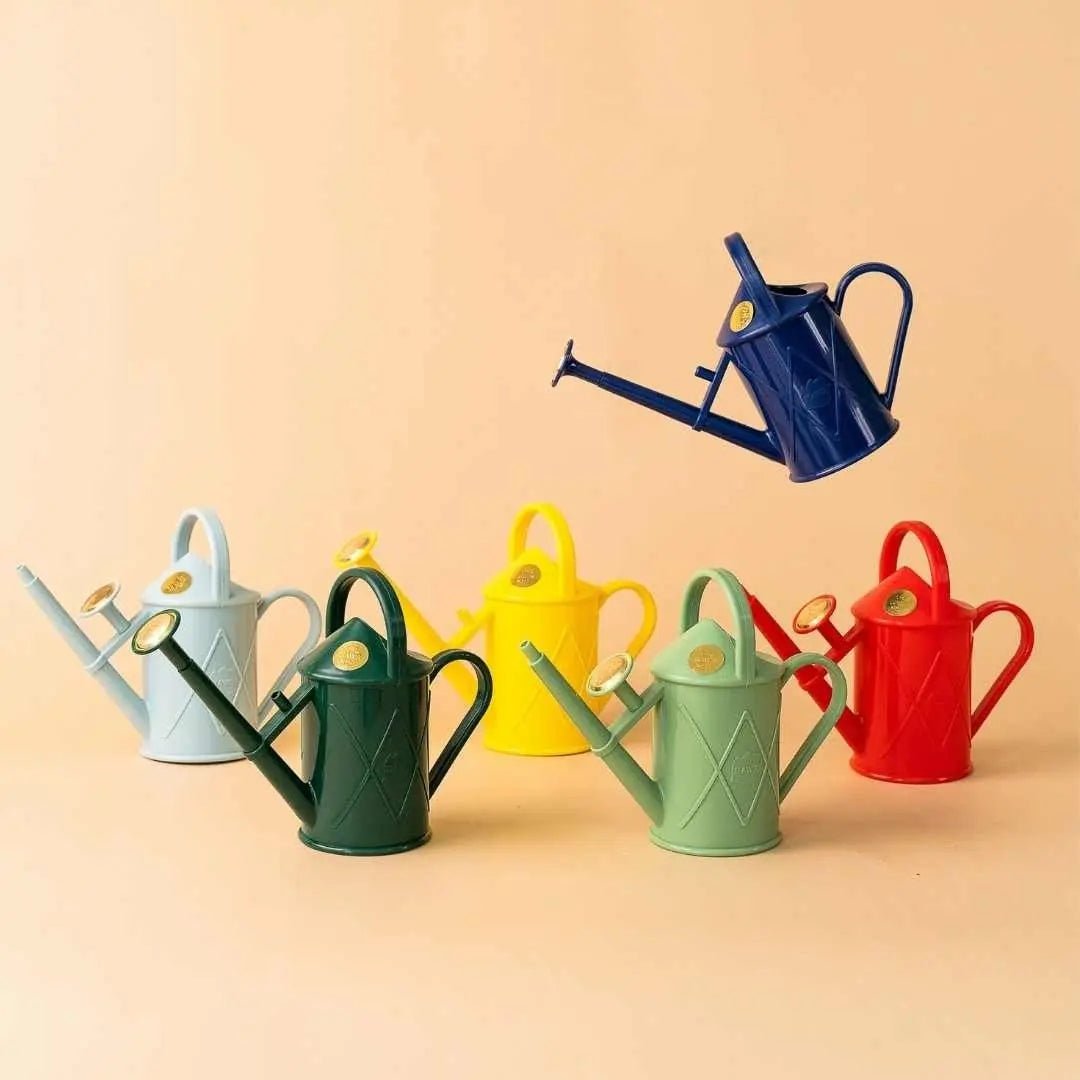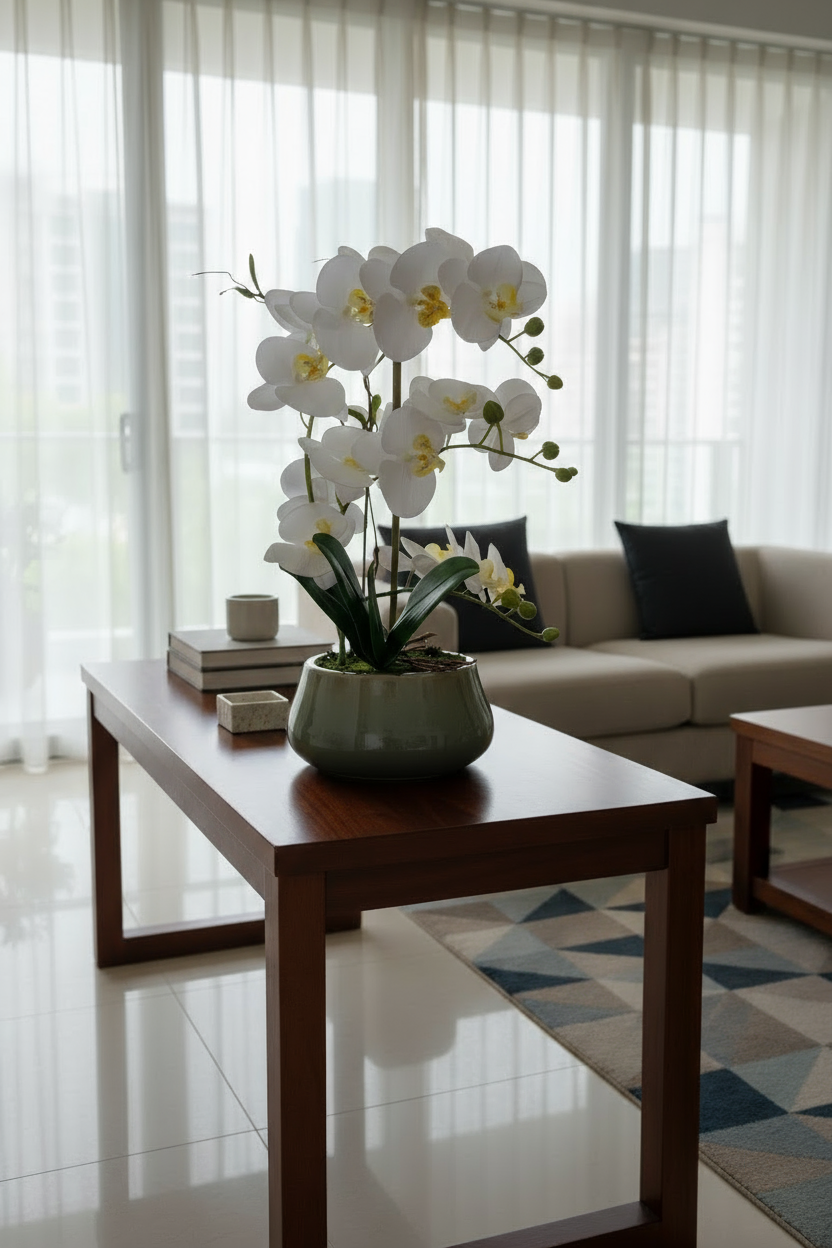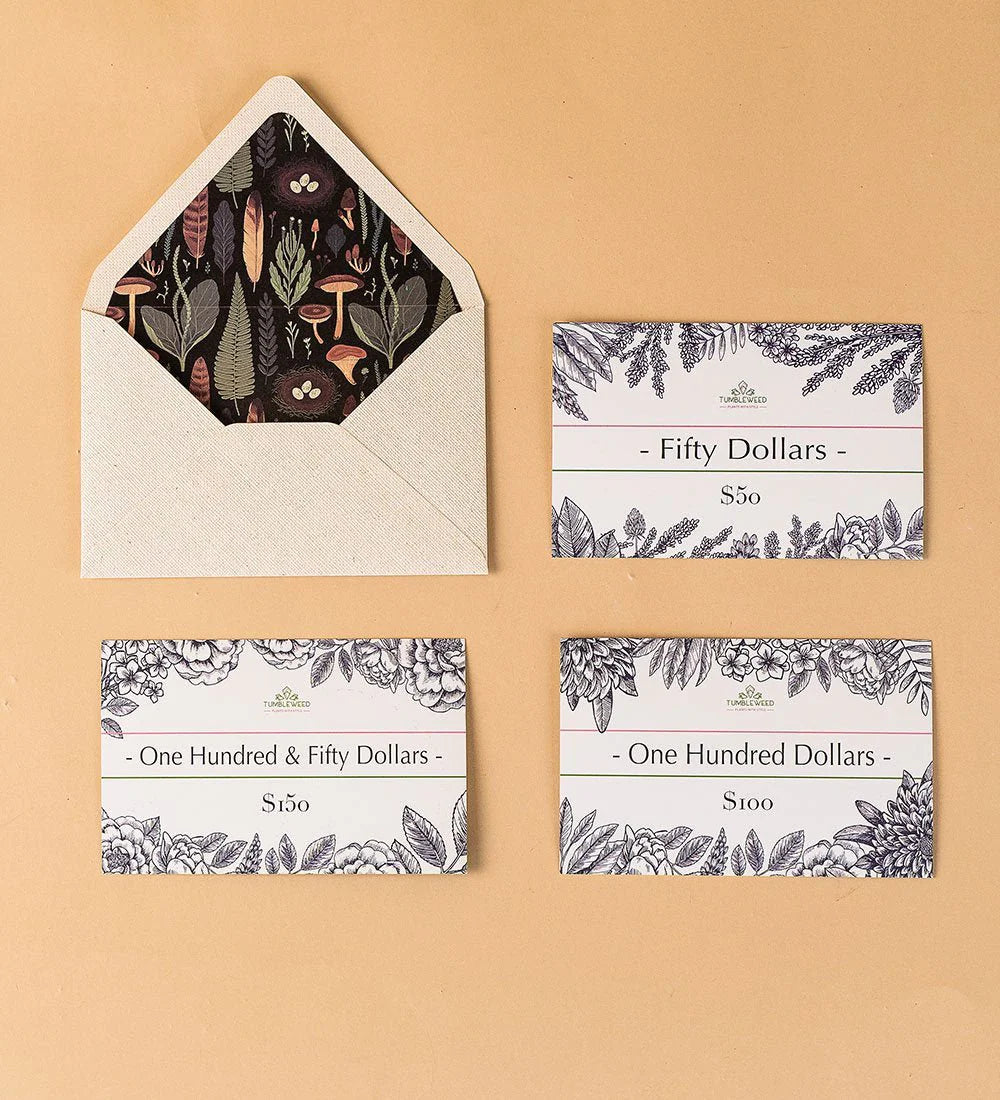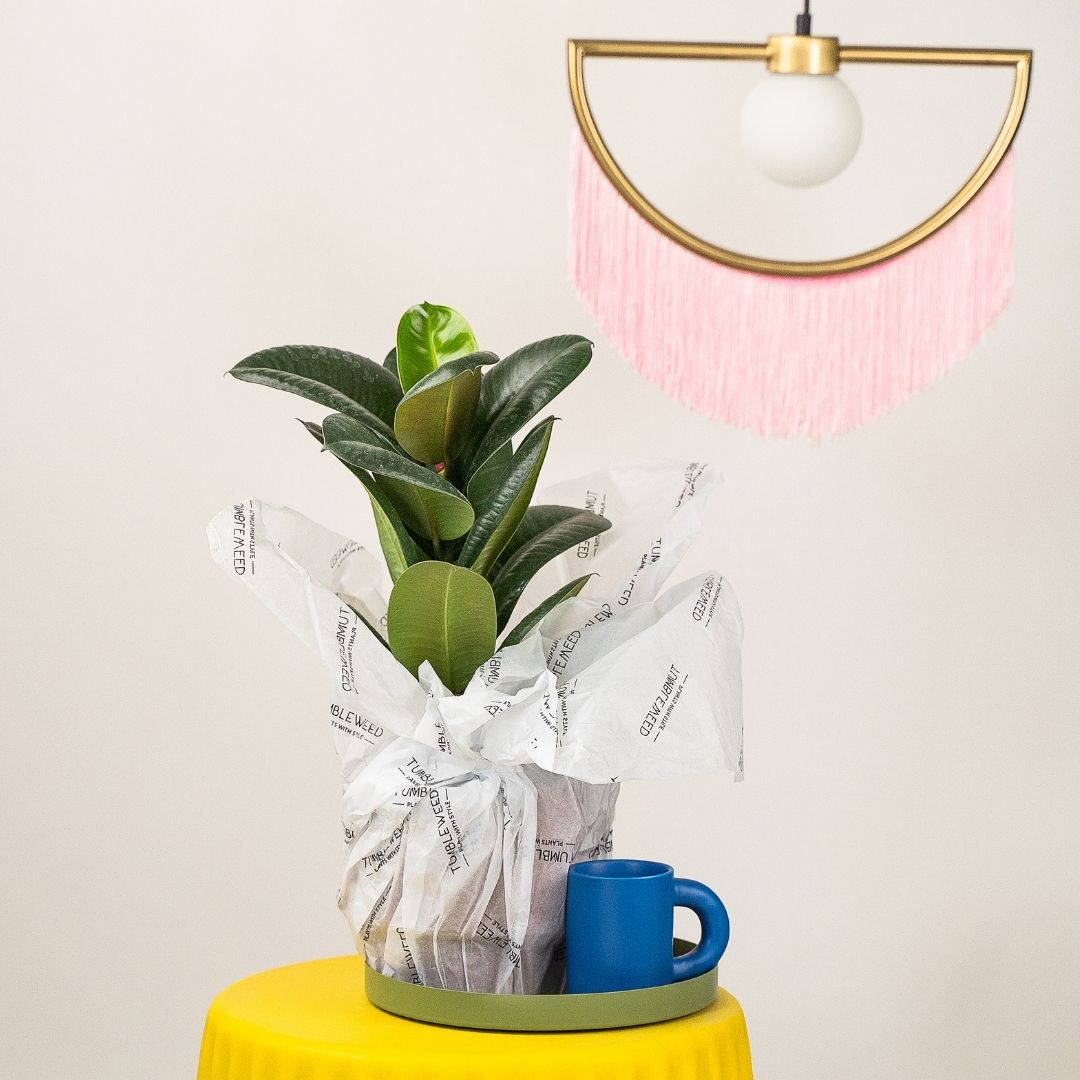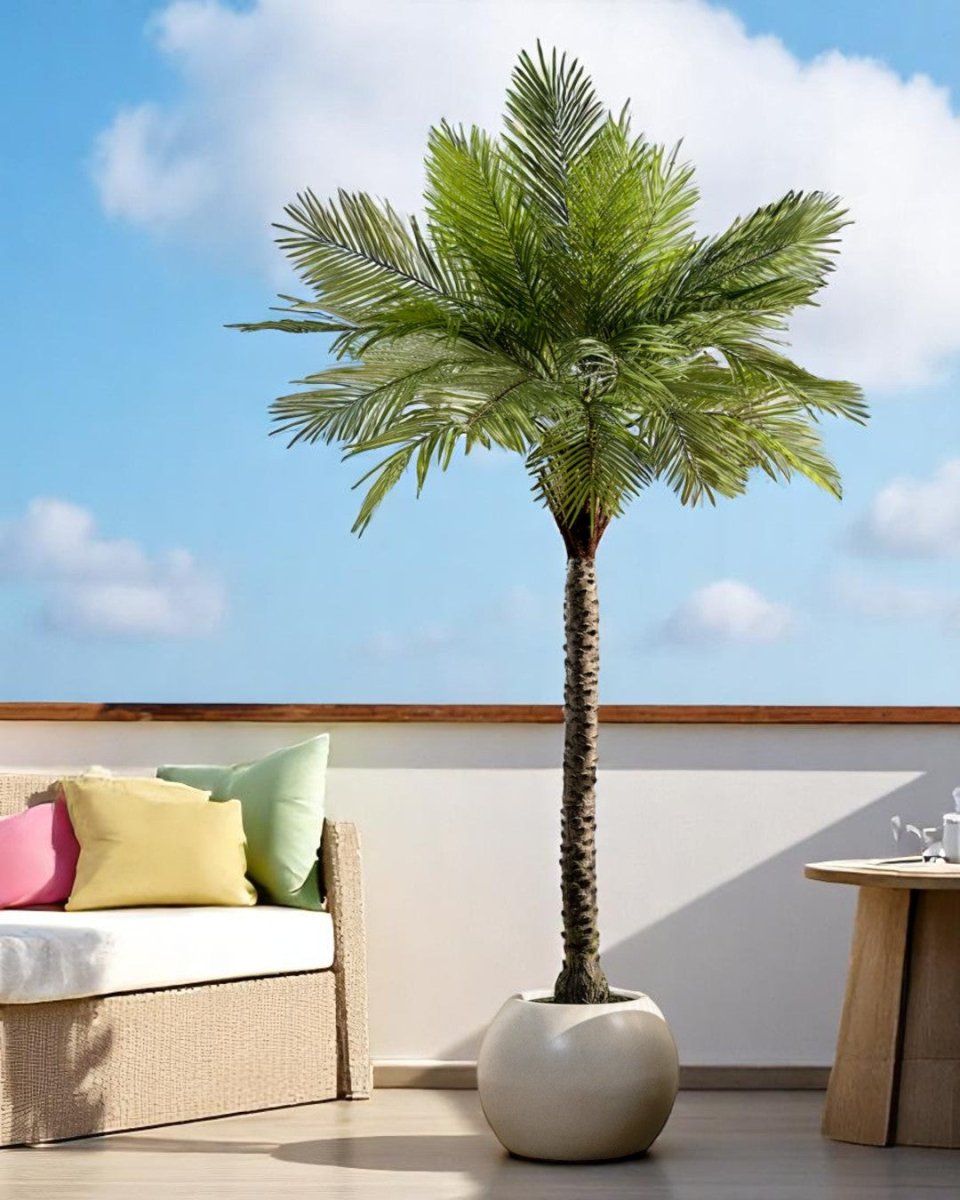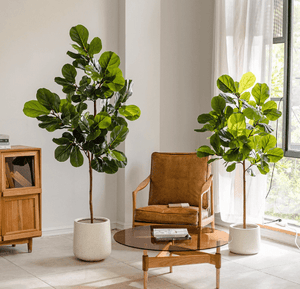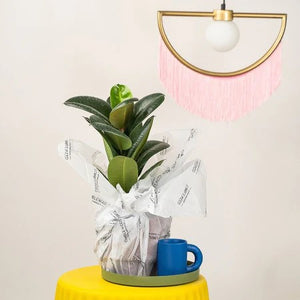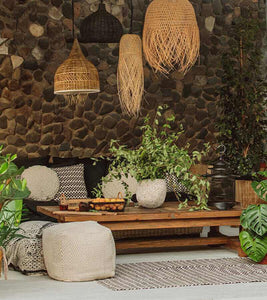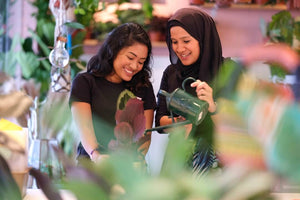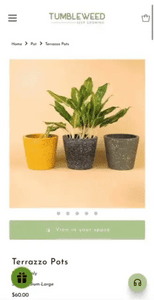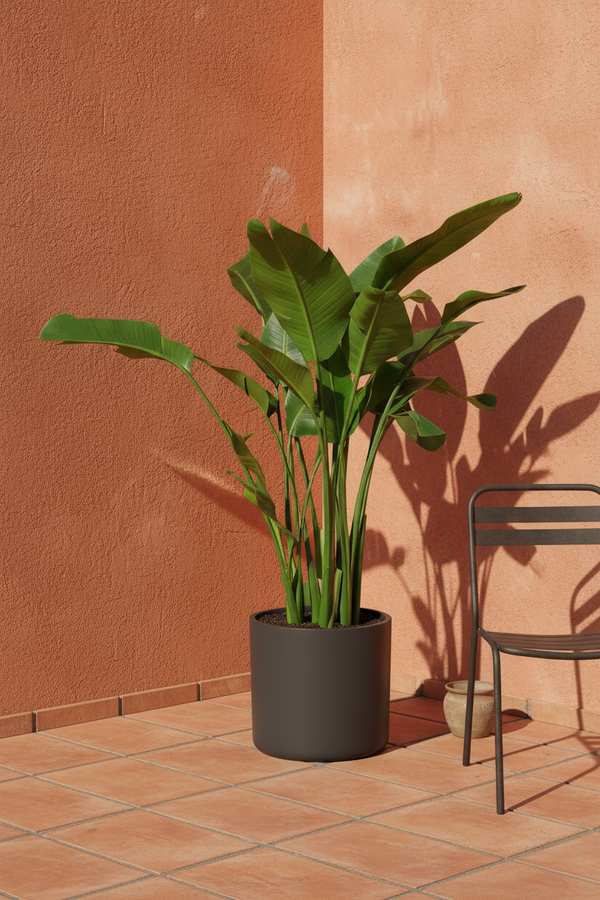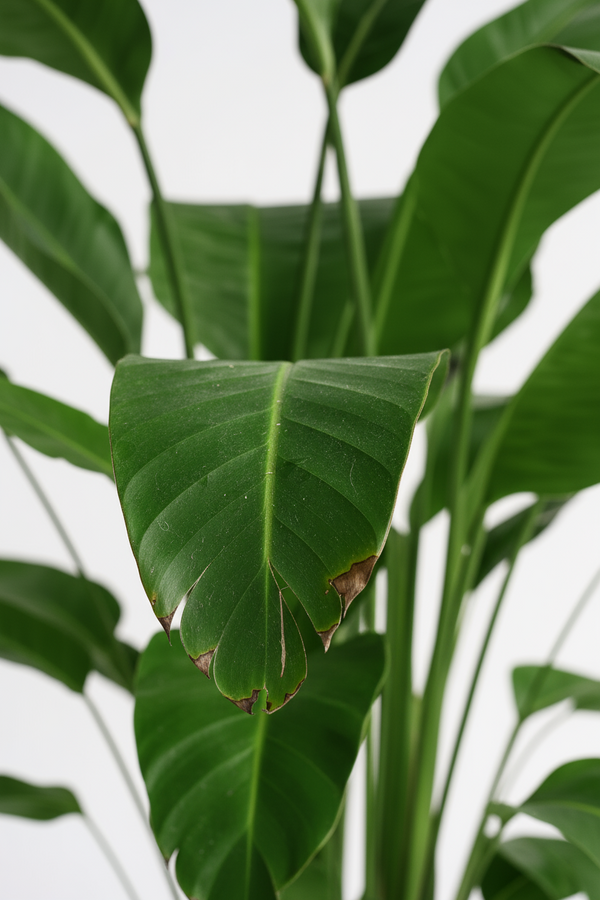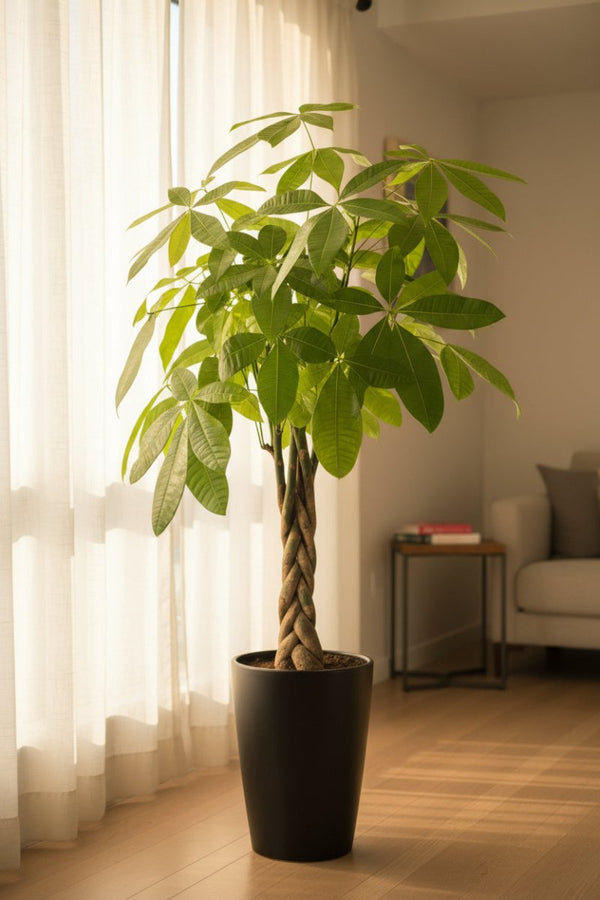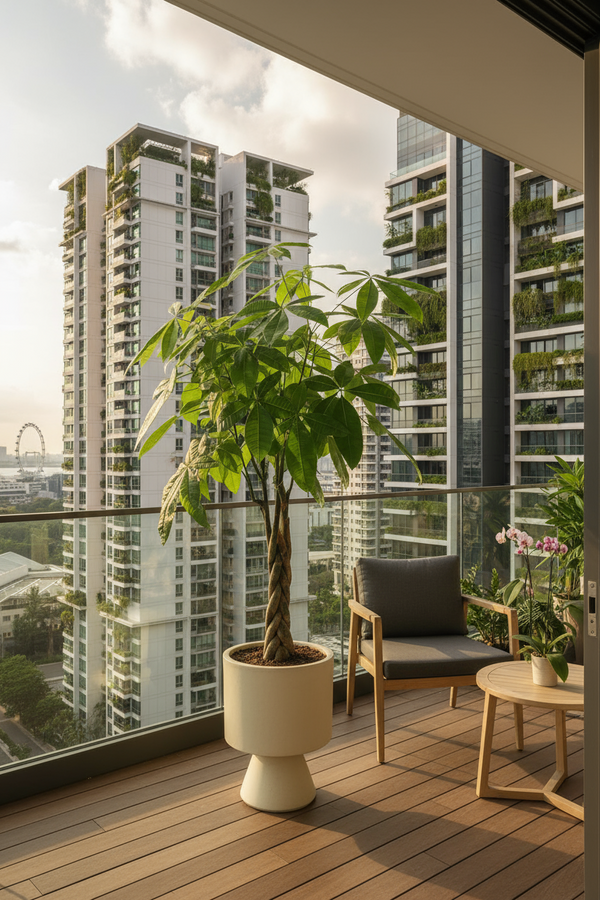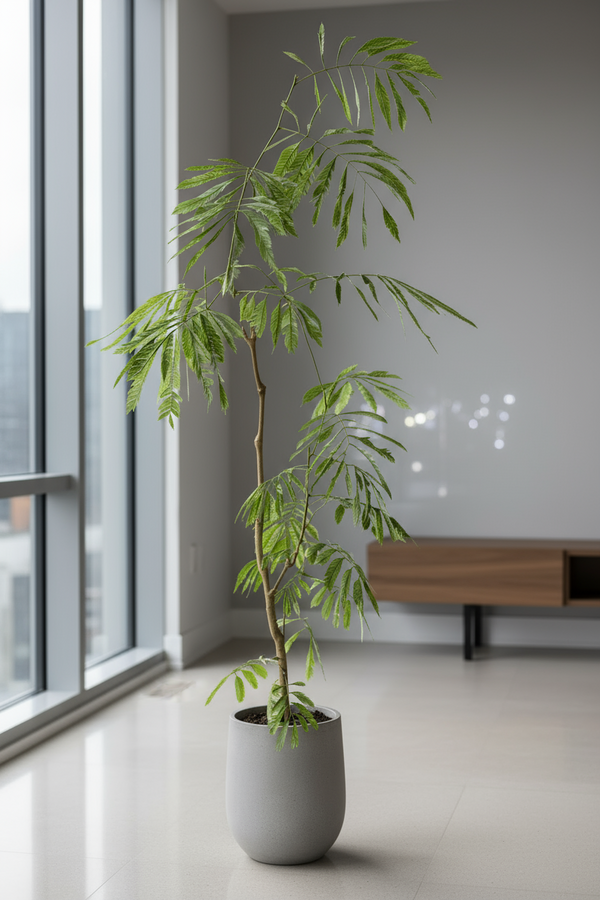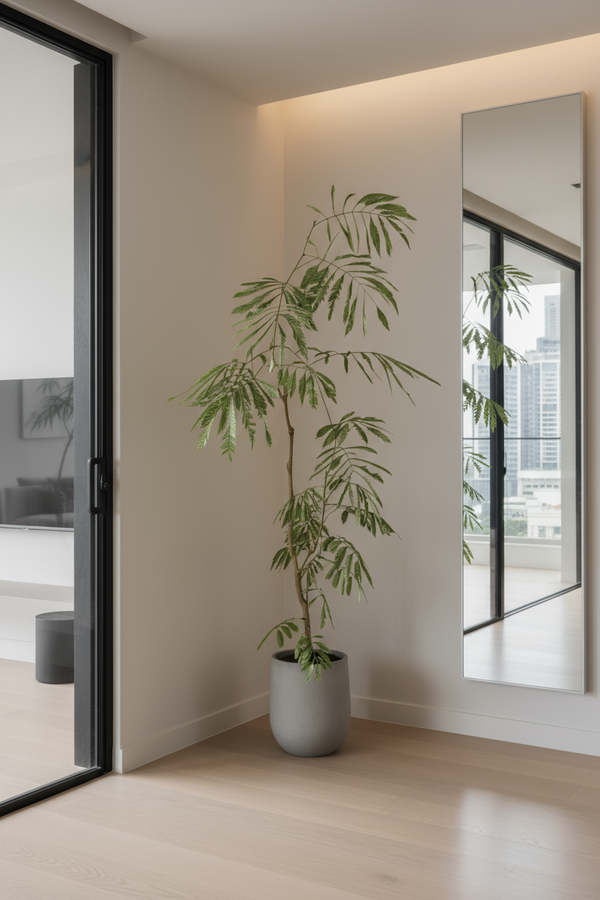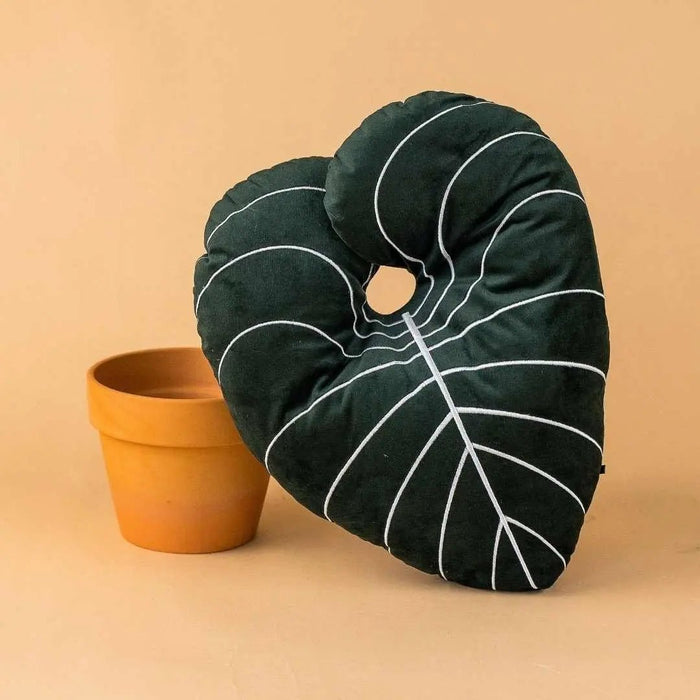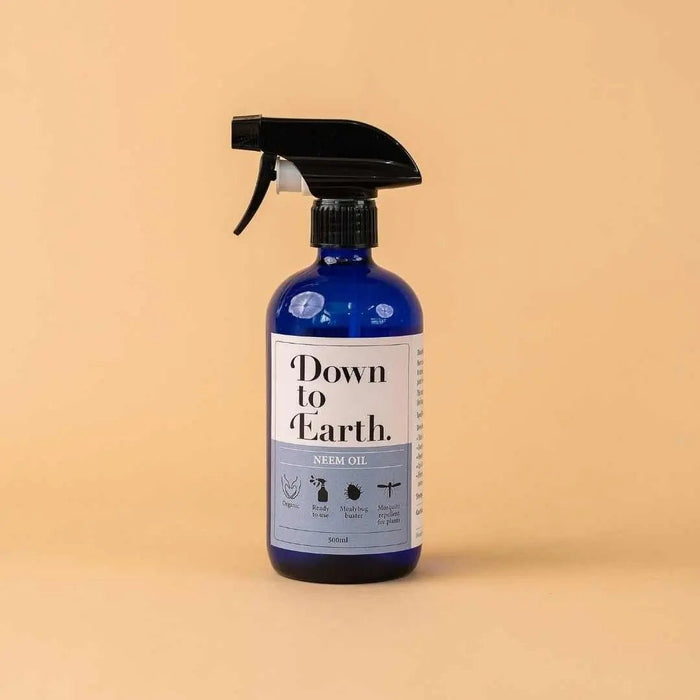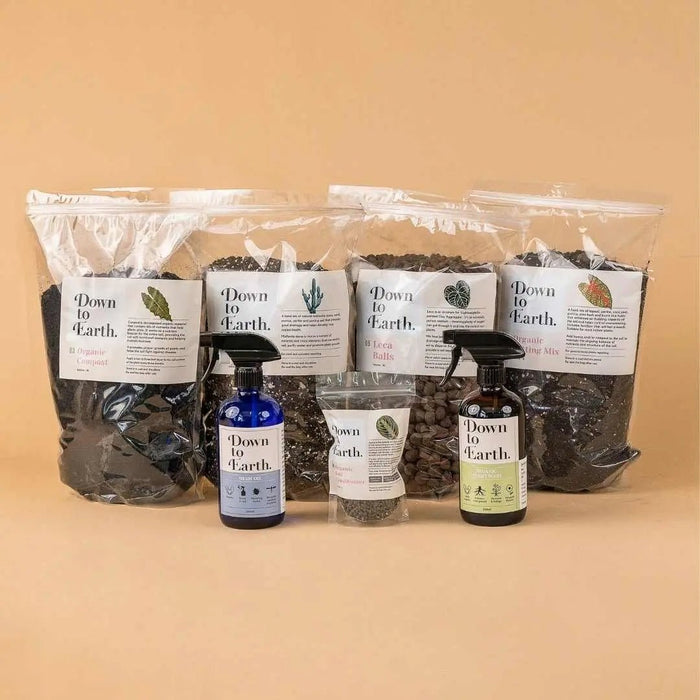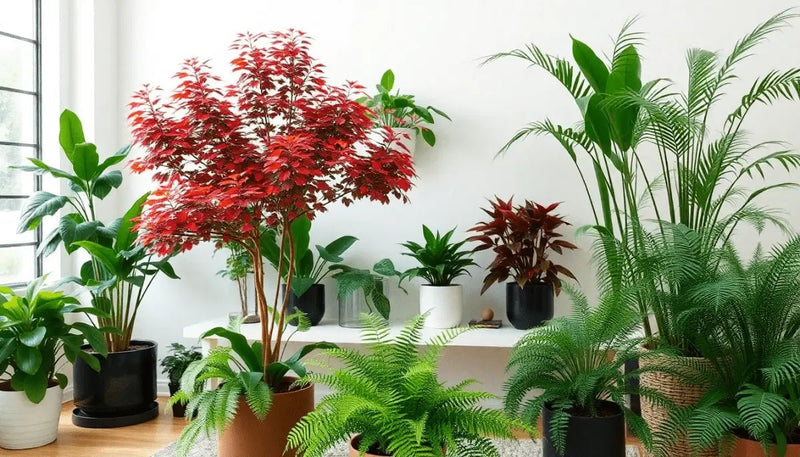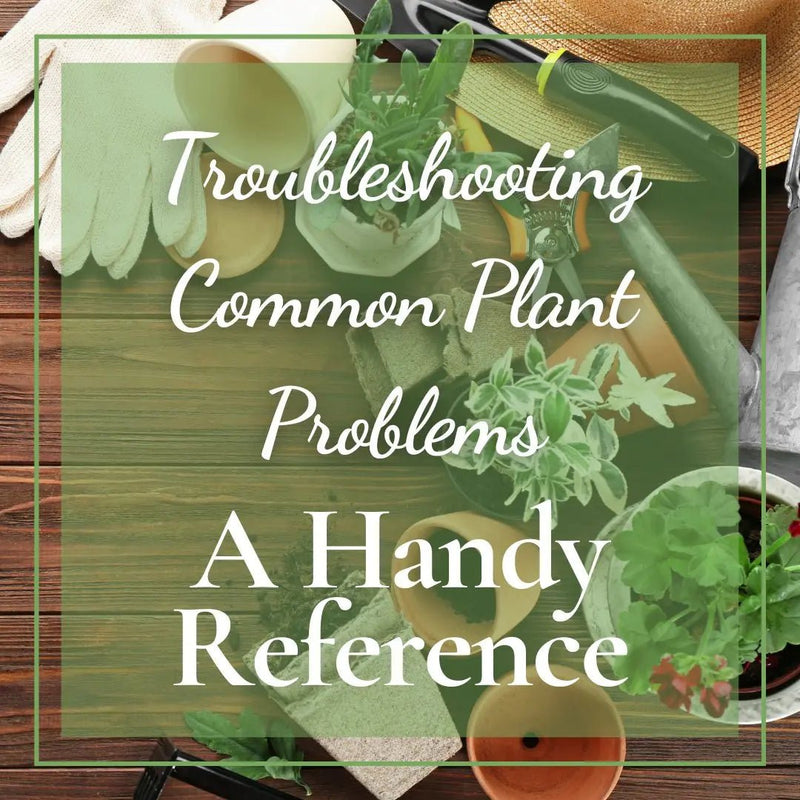Mastering Jade Plant Care: Essential Tips for Growing a Lush and Resilient Indoor Oasis
Posted on March 04 2024
Jade plants, also known as Crassula ovata or money plants, are popular choices for indoor gardening enthusiasts. Their resilient nature and appealing aesthetics make them a favorite for both beginner and experienced plant parents alike.
Choosing the Right Jade Plant

When selecting a Jade Plant for your indoor oasis, consider the variety that best suits your space and preferences. Whether opting for the classic green Jade Plant or the variegated varieties, ensure you choose a healthy plant with vibrant leaves and sturdy stems.
Ideal Growing Conditions
Jade Plants thrive in bright, indirect sunlight, making them perfect for placement near windows or well-lit areas indoors. They prefer temperatures between 65°F to 75°F (18°C to 24°C) and moderate humidity levels. Use well-draining soil specifically formulated for succulents to prevent waterlogging.
Watering and Maintenance
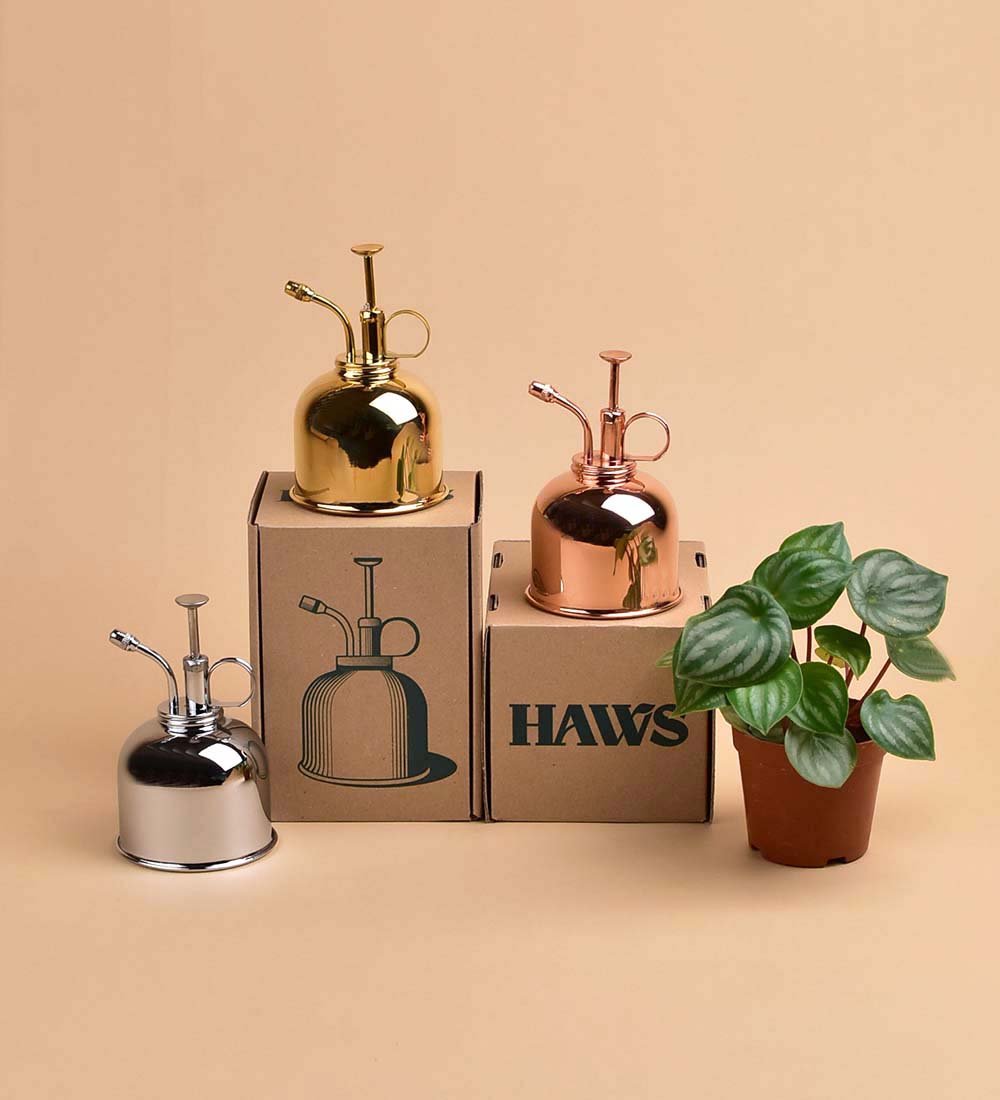
Ensuring your Jade Plant thrives hinges significantly on how you water it. To nurture it effectively, practice a careful watering routine, allowing the soil to adequately dry out between each watering session. Overwatering poses a risk of root rot, so it's crucial to exercise restraint.
Conversely, underwatering can result in unsightly shriveled leaves and hindered growth. Don't forget to incorporate our specially curated watering collection into your care regimen for optimal results. Additionally, regular pruning and grooming play pivotal roles in preserving the plant's form and fostering robust growth.
Fertilizing Your Jade Plant
Fertilize your Jade Plant during the growing season (spring and summer) with a balanced liquid fertilizer diluted to half strength. Avoid fertilizing during the dormant winter months. Regular fertilization ensures your plant receives essential nutrients for robust growth and vibrant foliage.
Dealing with Pests and Diseases
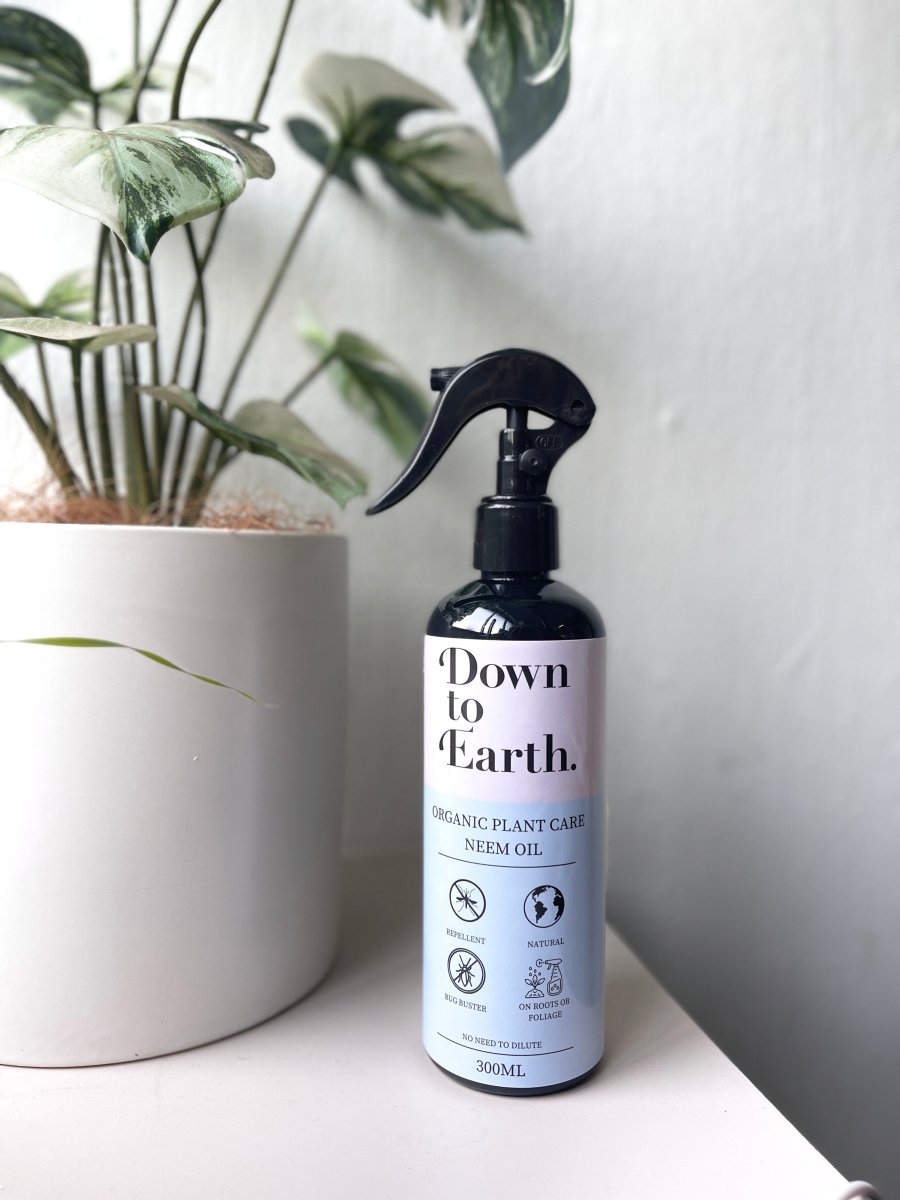
Be vigilant for typical pests such as mealybugs and spider mites, which have a knack for infesting Jade Plants. Regularly check your plant to thwart any potential infestations, and promptly address any problems that arise. Utilizing organic pest control remedies like neem oil or insecticidal soap can provide effective solutions without causing harm to your plant. Additionally, consider using Plant Bug Spray as a preventive measure against these pests.
Propagation Techniques
Expand your Jade Plant collection through propagation techniques such as stem cuttings or leaf propagation. With proper care and attention to detail, you can easily propagate new plants from existing ones, allowing you to share the beauty of Jade Plants with friends and family.
Repotting Your Jade Plant
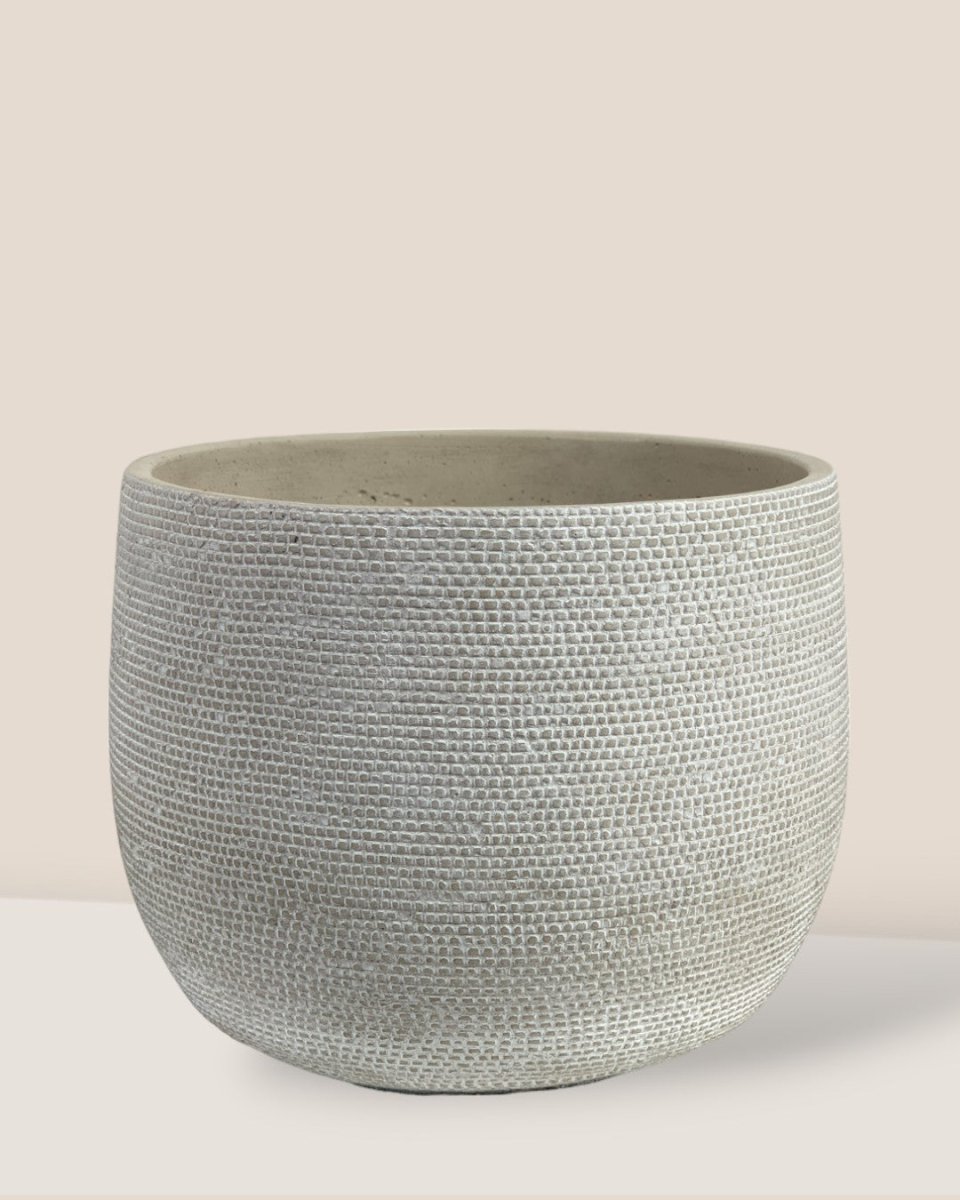
As your Jade Plant flourishes, it may require transferring into a bigger pot to support its growing root system. Indicators that it's time for repotting include roots protruding through drainage holes or soil drying rapidly. Opt for a pot with proper drainage and slightly larger dimensions than the current one. Tumbleweed Plants offers a variety of premium plant pots designed to meet these needs, ensuring your Jade Plant thrives in its new home.
Special Considerations for Singapore Climate
In Singapore's tropical climate, adjust your Jade Plant care routine accordingly. Ensure adequate airflow around the plant to prevent humidity-related issues. Shield plants from direct sunlight during the hottest parts of the day to avoid sunburn, especially if placed near windows.
Creative Display Ideas
Enhance your indoor space with creative displays featuring Jade Plants. Whether arranging them in decorative planters, terrariums, or hanging baskets, there are endless possibilities to showcase these beautiful succulents in your home or office.
Troubleshooting Common Issues
Yellowing leaves, leaf drop, and leggy growth are common issues faced by Jade Plant owners. Address these problems by adjusting watering frequency, improving light conditions, or pruning leggy stems to promote bushier growth.
Benefits of Jade Plants
Aside from their ornamental value, Jade Plants offer additional benefits such as air purification and positive Feng Shui energy. Incorporating these resilient plants into your indoor environment can contribute to a healthier and more harmonious living space.
Conclusion
Master Jade Plant care is a rewarding journey that allows you to cultivate a lush and resilient indoor oasis. By following the essential tips outlined in this guide and adapting them to your specific environment, you can enjoy the beauty and benefits of Jade Plants for years to come.

